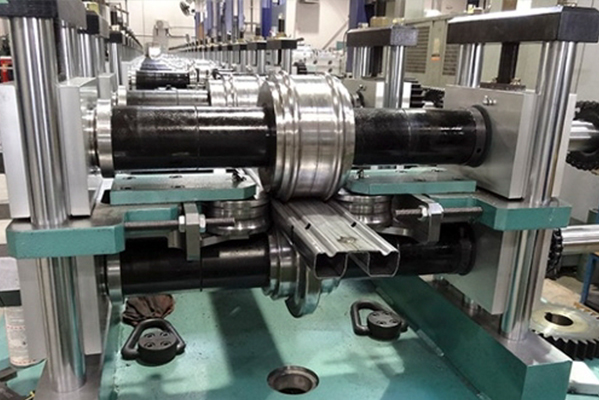Navigation Menu
Contact Us
- Email:
- info@wxavatar.com
- Address:
- Yurong Village, Yuqi Street, Huishan District, Wuxi, China.
Release Date:Mar 13, 2025 Visit:54 Source:Roll Forming Machine Factory
Auto components are the building blocks of every vehicle, encompassing a wide range of parts and systems that work together to ensure a car’s functionality, safety, and performance. From the engine and transmission to the smallest electrical sensors, auto components are meticulously designed and engineered to meet the demands of modern transportation. Understanding what auto components are and their role in a vehicle provides a deeper appreciation for the complexity and innovation behind automotive engineering.
At the core of any vehicle are its mechanical auto components, which include the engine, transmission, and drivetrain. The engine, often referred to as the heart of the car, converts fuel into mechanical energy to power the vehicle. The transmission, another critical component, ensures this energy is transferred efficiently to the wheels, enabling smooth acceleration and deceleration. These auto components are essential for the vehicle’s propulsion and overall performance.
Another vital category of auto components is the suspension and steering system. This includes shocks, struts, springs, and steering mechanisms, which work together to provide a comfortable ride and precise handling. The braking system, comprising brake pads, rotors, calipers, and hydraulic lines, is equally important, ensuring the vehicle can stop safely and effectively. Modern vehicles also feature advanced braking technologies like anti-lock braking systems (ABS) and electronic stability control (ESC), which rely on sophisticated auto components to enhance safety.

Electrical and electronic auto components have become increasingly significant in today’s vehicles. The battery, alternator, and starter motor form the foundation of the car’s electrical system, powering everything from the headlights to the infotainment system. Sensors, control units, and wiring harnesses are also critical auto components, enabling advanced features such as adaptive cruise control, lane-keeping assist, and automated emergency braking. These components are integral to the growing trend of vehicle electrification and automation.
Interior and exterior auto components, such as seats, dashboards, lighting systems, and body panels, contribute to the vehicle’s comfort, aesthetics, and aerodynamics. Safety-focused auto components like airbags, seatbelts, and reinforced frames are designed to protect occupants in the event of a collision. Additionally, modern vehicles incorporate lightweight materials and advanced composites into these components to improve fuel efficiency and reduce environmental impact.
In conclusion, auto components are the essential elements that make up a vehicle, each playing a critical role in its operation, safety, and comfort. From the engine and transmission to the smallest electrical sensor, these components are the result of decades of innovation and engineering excellence. As the automotive industry continues to evolve, advancements in auto components will drive the development of smarter, safer, and more sustainable vehicles, shaping the future of transportation for generations to come.